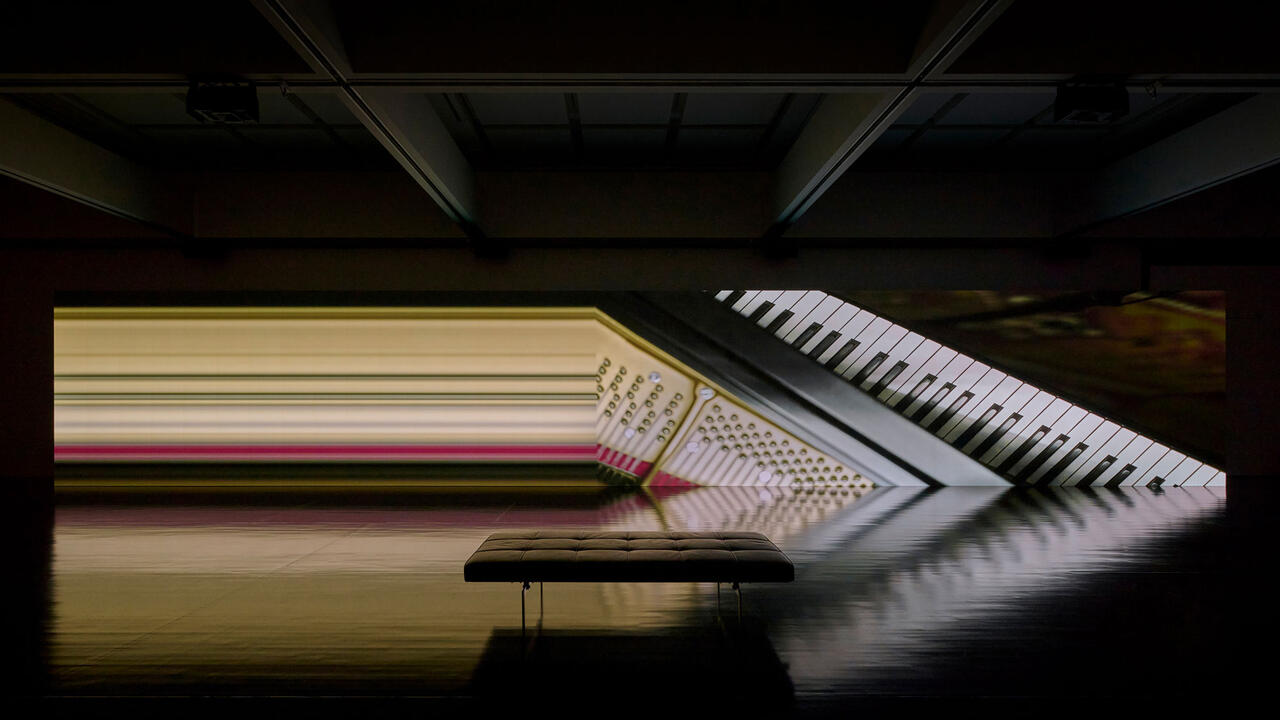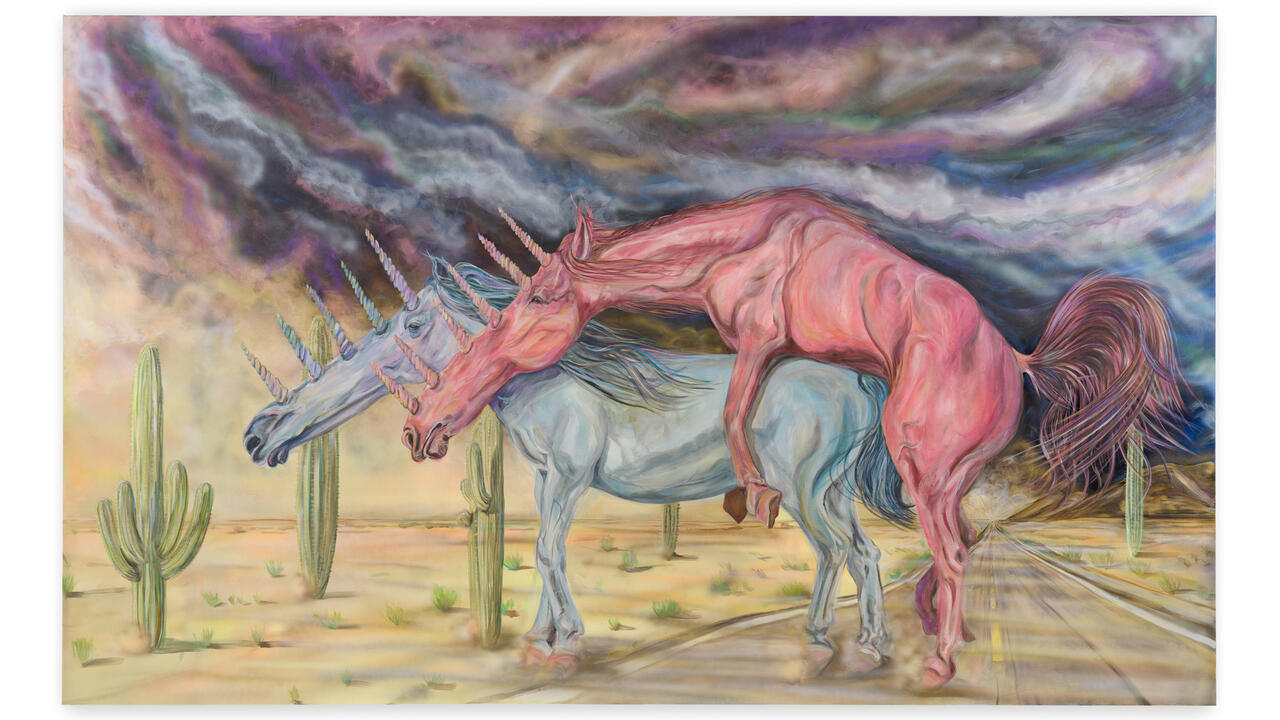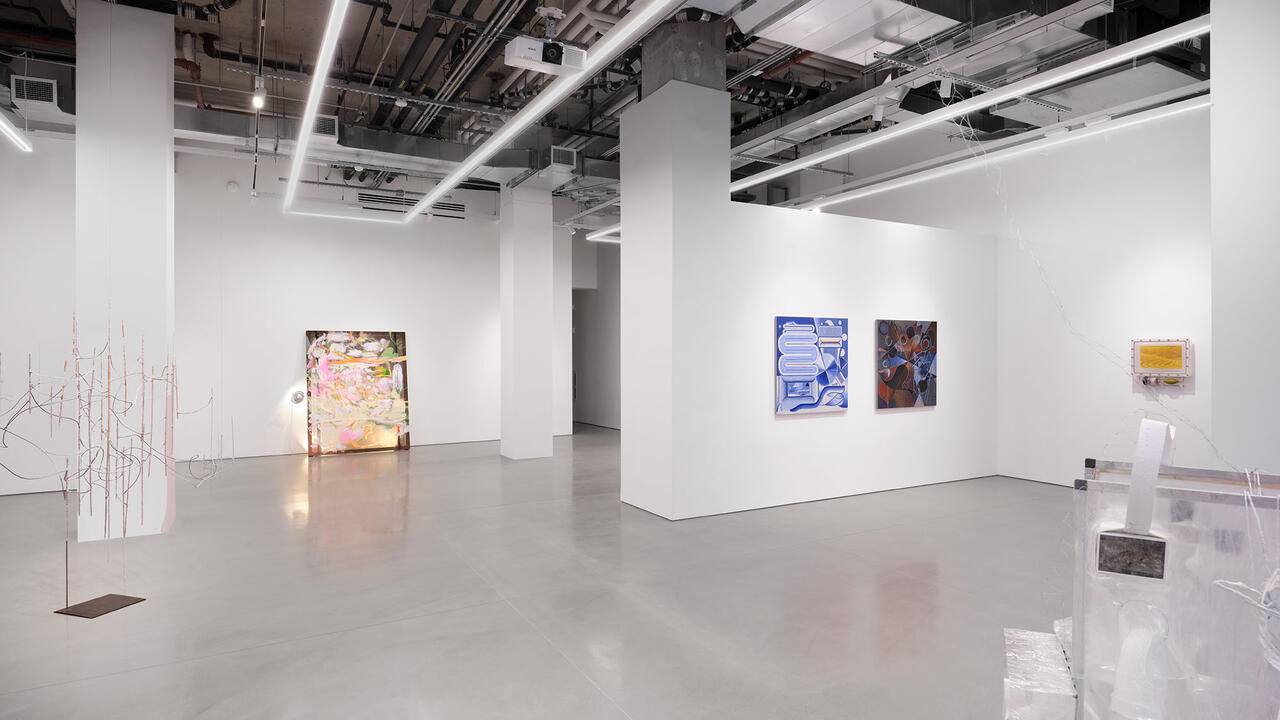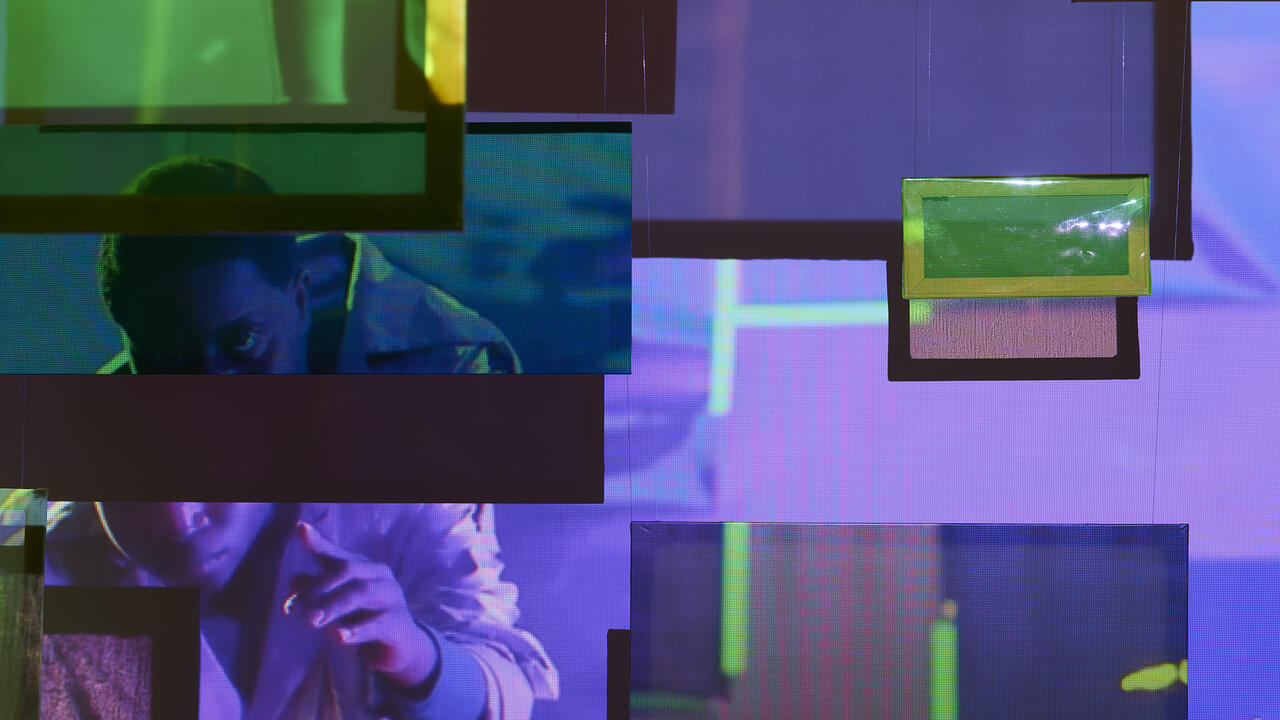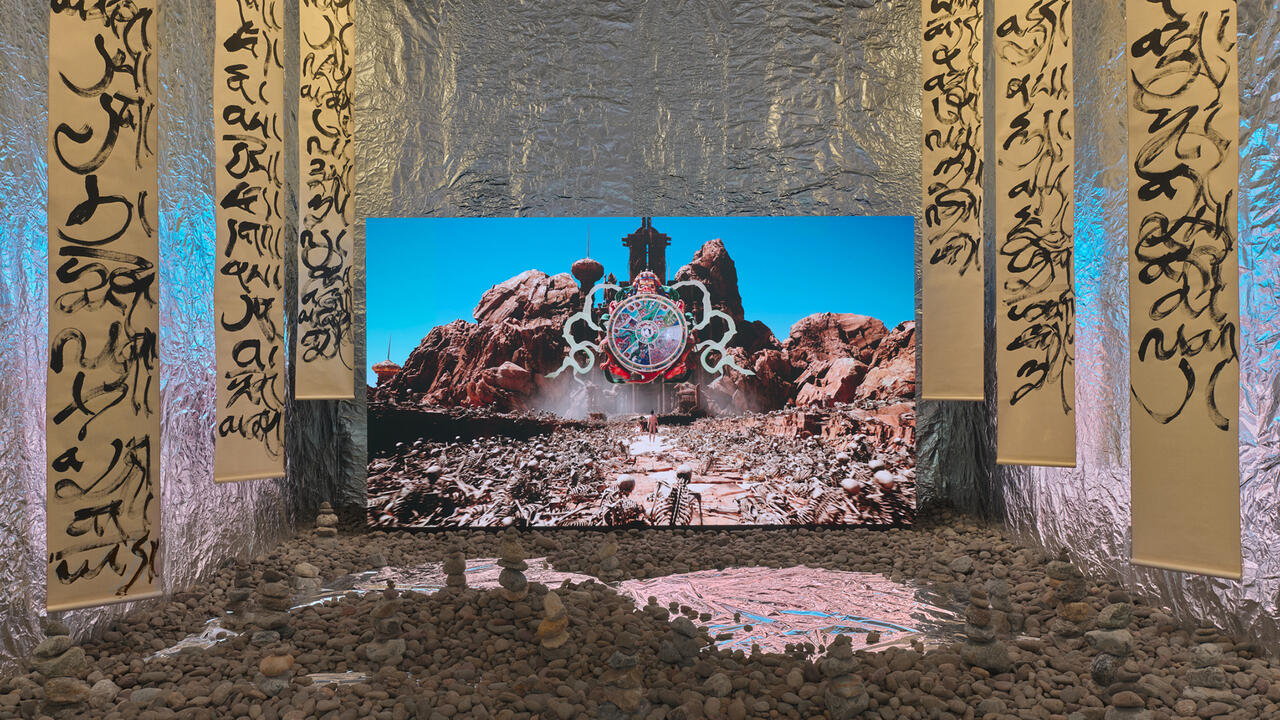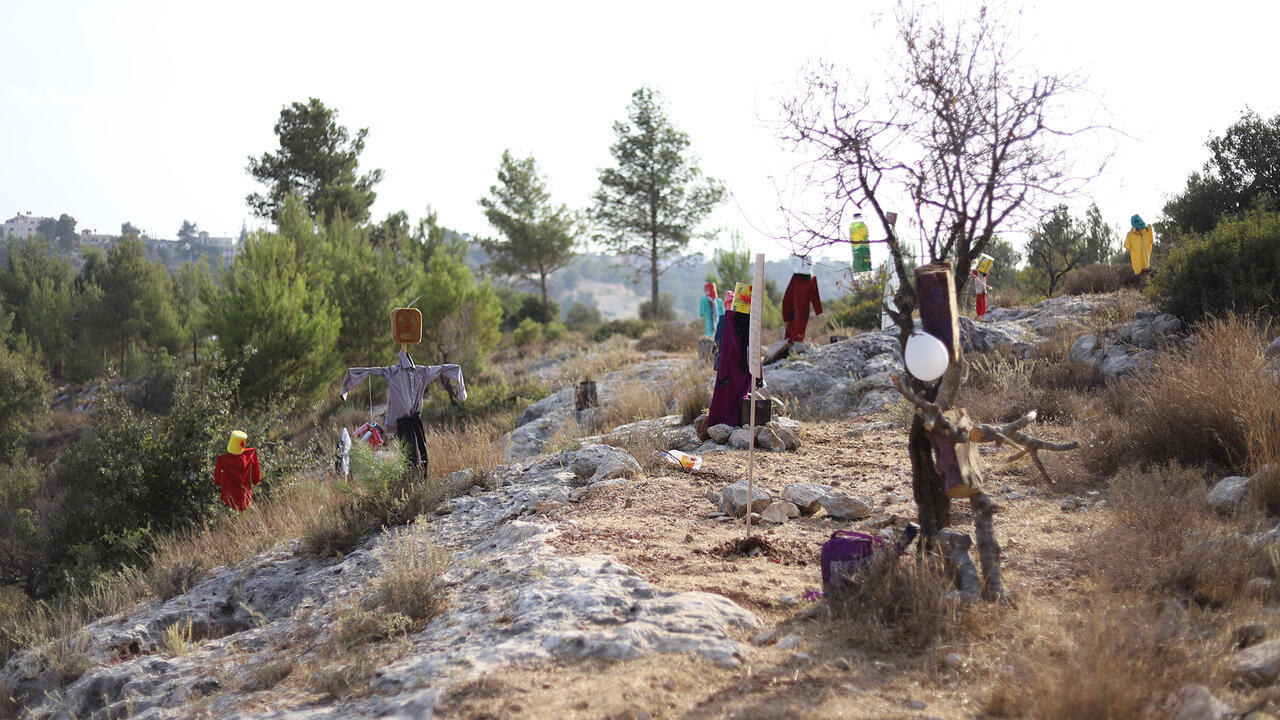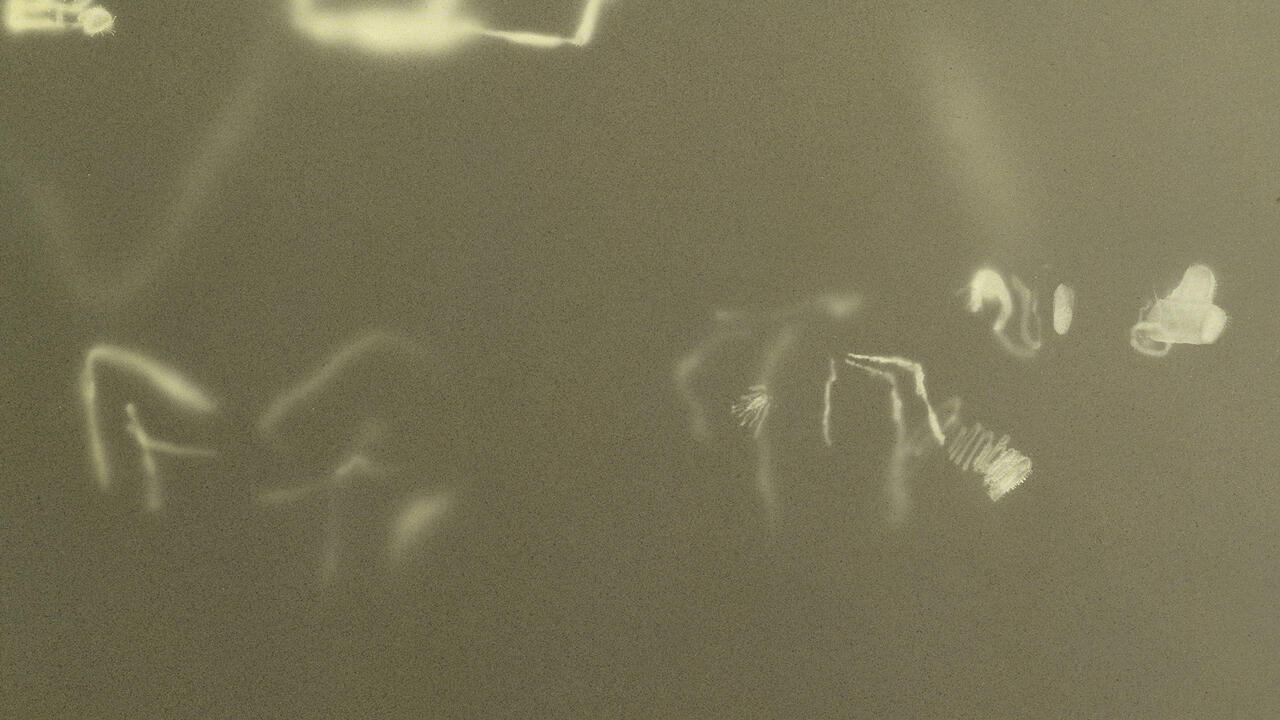Dispatches: New York
As Trump casts his shadow over the city, the art world has found ways to respond
As Trump casts his shadow over the city, the art world has found ways to respond
Feeling fatigued? Recent events in the US have been simply overwhelming. Poorly planned (and legally dubious) executive orders, a manufactured immigration crisis, bureaucratic gagging orders, terrifying gaffes and offenses levelled at foreign leaders – national news sits over the country like a thick, toxic fog. It’s what Naomi Klein called the ‘shock doctrine’, a strategy of confusion whereby the public is too overwhelmed to mount effective resistance. Nowhere can that be felt keener than in New York, that liberal bastion in the shadow of Trump Tower. Since November I’ve wondered how to reconcile my identity as a New York City resident with the ascendance of its most loathsome tenant to the Office of US President. How can a city so good produce someone so bad?

New York is prone to gossip and Manhattan’s cultural geography has long been shaped by rival artistic cliques (as ‘Inventing Downtown’, a fascinating show at New York University’s Grey Art Gallery attests – Downtown conceptualists hated the Uptown Pops, and vice versa). But last November the gossip fell silent. The art world, along with the rest of the world, was busy coping with the trauma of Donald Trump’s election. For weeks, no one spoke of anything else; several gallerist friends complained to me privately of having to sell expensive objects when the country was in such a state of crisis. I spent the night of 9 November at Lisa Cooley Gallery’s former space, closed a month prior after eight years in business, for an impromptu planning session where familiar art world faces mingled with other activists to ask the crucial question: what next?

Some answered that question by sticking to their guns, responding the way only the art world can. Petzel’s exhibition ‘We need to talk … Artists and the public respond to the present conditions in America’ included politically abrasive work by dozens of artists such as Louise Lawler, Glenn Ligon, Peter Saul and Rirkrit Tiravanija with the gallery donating a percentage of each sale to a charity of each collector and artist’s choosing. Topical film submissions were accepted for screening in a black-box space, and a table exhibited written responses to the political situation by visitors. A symposium was held which covered subjects such as civil liberties, immigration and the environment. Central to it all were the artworks on display. From Joyce Pensato’s The Other Donald (2016), a charcoal caricature of Trump as Donald Duck, to Dana Schutz’s sinister portrait of Trump Descending an Escalator (2017) facing Rachel Harrison’s more jocular Trump piñata sculpture (Untitled, 2015). Jonathan Horowitz’s poster Does she have a good body? No. Does she have a fat ass? Absolutely (2016), was distributed at the door, near Allan McCollum’s bittersweet video, Screengrabs with Reassuring Titles (2016–17) which, true to its name, compiled scenes of reassurance from Hollywood films (usually preceding scenes of death and destruction), eliciting a crippling sense of unease. McCollum reminds us that complacency makes us ideal targets.

The standout show of the recent season was hardly planned with a Trump victory in mind, but its interrogation of America’s racist history felt tragically prescient. Arthur Jafa’s film Love is the Message, the Message is Death (2016), at Gavin Brown’s cavernous West Harlem space, combined disparate video clips – from the 1963 March on Washington to footage of the 2015 murder of Walter Scott, an unarmed black man, by a Charleston police officer – and set it to the tune of Kanye West’s Ultralight Beam (2016), resulting in a kind of music video for contemporary Black America. Jafa’s film included both tragedy and triumph, but it was hard not to read the highs as moments of resilience in the face of unspeakable trauma. (GBE has organized two panel discussions, on religious and environmental activism on the 15 and 22 Feb respectively, under the title ‘What Will Be Different …’)

If Election Day prompted a sea change in exhibition planning and discussion, the Inauguration precipitated more tangible action. A number of artists and writers, including Douglas Crimp, Richard Serra and Cindy Sherman, endorsed and circulated the #J20 petition exhorting cultural institutions to shut their doors on Inauguration Day. For the two weeks prior, debate raged: should museums close in solidarity with protesters, or should they remain open to offer them a safe space? At a small press breakfast at the Museum of Modern Art, Glenn Lowry was bombarded with questions about how MoMA would respond; he argued that the museum’s mission to foster dialogue about diverse and cross-cultural issues made it essential to stay open. Ultimately, J20 was a failure; none of New York’s major institutions joined the strike. But such high profile pressure did have an impact: when Trump announced his executive order banning immigration from seven Muslim-majority countries, the MoMA curatorial staff promptly rehung the permanent collection galleries to prominently feature works by artists from those countries. There was even shake-up in the sacred Picasso room: there, across from Les Demoiselles d’Avignon (1907), now hangs Sudanese painter Ibrahim El-Salahi’s The Mosque (1964). Iranian sculptor Parviz Tanavoli’s The Prophet, also from 1964, mingles with works by Constantin Brâncuși and Umberto Boccioni. The selected works are rarely seen, and deserve to be; the rehang affirms that even the High Temple of Western Art is capable of critical self-reflection. Beside each work, an extended label declares it was chosen ‘to affirm the ideals of welcome and freedom as vital to this Museum, as they are to the United States.’

Such gestures are important, and their impact should not be understated, but it’s important to remember that, as Nina Power once put it, ‘the art world is not the world’. The rarefied spaces of Chelsea are not so far from New York’s housing projects, homeless shelters or immigrant detention centres. When the Women’s March rolled out on 21 January, many felt the best way to respond was through practical assistance: several galleries, including Paula Cooper Gallery, Metro Pictures and Salon 94, rented buses to take protesters to Washington, D.C. There were many faces I didn’t recognize on the Paula Cooper bus, but by the end of the very long day – flush with excitement and exhaustion – we had developed a sense of solidarity that I hoped would survive the trip back north. I have never spent so much time with a professional crowd and spoken so little about work. Sometimes there are simply more important things to talk about.









